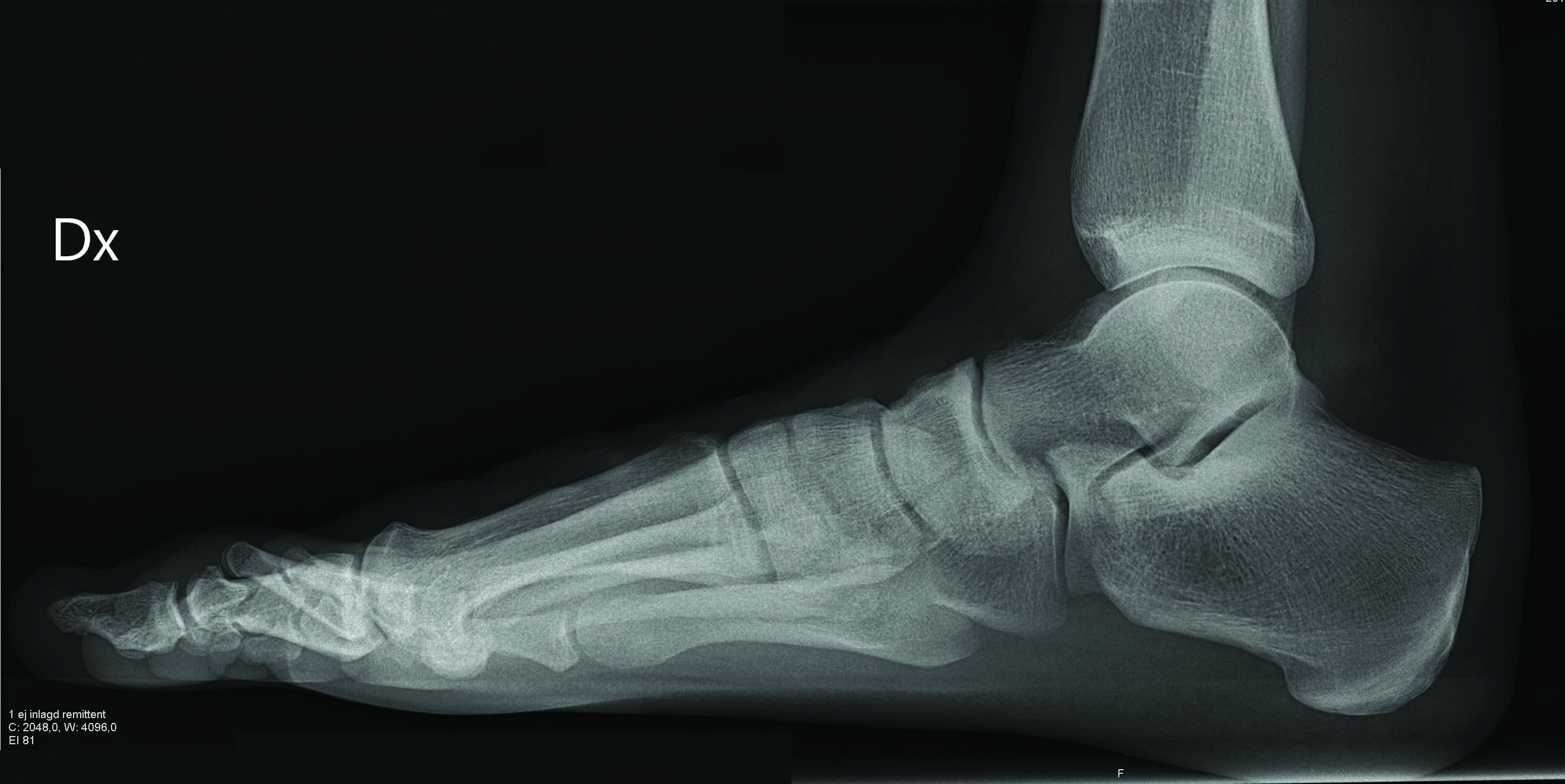Choosing Wisely advocates are congratulating themselves after survey results reveal a rise in unnecessary ankle and knee imaging has been averted
Choosing Wisely advocates are congratulating themselves after survey results reveal a rise in unnecessary ankle and knee imaging in primary care has been averted.
Patients have been increasingly sent for X-rays, ultrasounds and MRIs to diagnose acute ankle and knee injuries, despite no Australian recommendations to do so.
To stem the tide, NPS MedicineWise launched an Educational Outreach Visiting program in late 2016 that emphasised the legitimacy of clinical history-taking and physical examination in diagnosing knee and ankle injuries.
More than 7000 GPs participated in a survey about the session, which was the first therapeutic program to incorporate Choosing Wisely recommendations.
“Overall, GPs who participated in an educational visit for this program demonstrated significant improvements in knowledge, confidence and practice in diagnosis and of acute ankle and knee injuries,” the authors of a summary on the NPS MedicineWise website wrote.
Referrals for knee and ankle injury imaging dropped after the program, and GPs were more likely to use, and feel confident doing, physical examinations and history taking for diagnosis compared to those who didn’t attend the program.
After the program, GPs also reported feeling more confident letting their patients know that imaging wouldn’t change the course of management.
More GPs applied Ottawa ankle and knee rules, and there was more awareness about the risks of radiation from X-rays, the survey found.
The course included recommendations from the professional groups for radiologists, physiotherapists, nursing, and general practice.


